Walking out of an airport at midnight, you’re exhausted from hours of travel. A car rolls up with a taxi sign on top, the driver waves you over with a friendly smile. Seems legitimate, right? This exact scenario has cost thousands of travelers their money, safety, and peace of mind. The phantom taxi problem is more widespread than most people realize, evolving from simple overcharging schemes to sophisticated criminal operations that can drain bank accounts or worse.
The rise of rideshare apps hasn’t eliminated this threat – it’s simply pushed scammers to adapt their tactics. From fake Uber drivers lurking outside nightclubs to elaborate card skimming operations using modified vehicles, the modern counterfeit ride landscape is more dangerous than ever.
Understanding these evolving threats isn’t just about protecting your wallet; it’s about protecting yourself from potentially life-threatening situations.
The Classic Unlicensed Taxi Trap
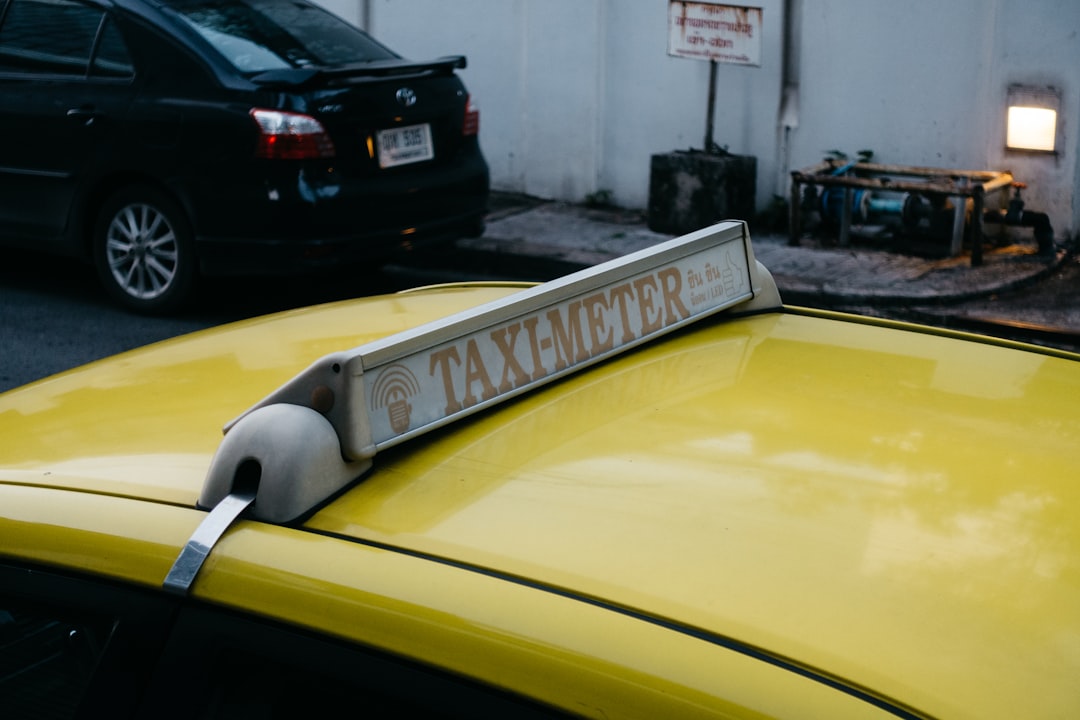
Fake taxis are a significant problem in South America and many other regions worldwide. They’re unlicensed taxis that are eager to offer you a ride to wherever you want to go. These operators bypass all official regulations, background checks, and safety requirements that legitimate taxi services must meet.
They will usually not have a taxi licence number inside or outside, or they’ll be missing a fare meter. The absence of proper identification becomes the first red flag you should never ignore. Overall, they are taxi cabs without the proper license, no medallions and also outright fake taxis.
They’ll charge you whatever they feel like and can take you on whatever route you like. You’re not usually in any physical danger with these taxi scams; they just want your money. However, this assessment might be overly optimistic. The lack of regulation means these operators have no accountability whatsoever.
Rideshare App Impersonation Schemes

Fake Drivers: There have been a string of incidents where people pretend to be ridesharing drivers and lurk outside of places where vulnerable people may mistakenly get in their vehicle, such as outside of nightclubs or airports. These situations can lead to kidnappings, physical assaults, sexual assaults, or worse.
An imposter rideshare driver pretends to work for a ridesharing service like Uber or Lyft but isn’t officially recognized by the company. They haven’t gone through the company’s verification or background check process, which helps ensure passenger safety. These criminals exploit the trust that legitimate platforms have built with consumers.
Impersonation: Some scammers pose as rideshare drivers, waiting near pickup zones and calling out common names. They rely on confusion, hoping a distracted rider will get in. The psychological manipulation is particularly effective when targeting tired or intoxicated passengers.
Advanced Card Skimming Operations

Recently, Toronto police reportedly dismantled a sophisticated criminal network, arresting 11 suspects involved in over 300 incidents. Dubbed “Project Fare,” the investigation revealed how fake taxi drivers tricked victims into handing over their debit and credit cards.
Once a passenger entered, the driver would request payment via debit or credit card. Instead of processing the transaction, the suspect would swap the victim’s card with a counterfeit one, memorizing the PIN in the process. This represents a sophisticated evolution from simple overcharging to organized financial fraud.
Fraudsters posing as taxi operators and passengers are hitting Winnipeggers with a new fraud designed to drain the victim’s bank account in a card skimming operation. Vehicles with fake TAXI signs on their roofs roam high-traffic areas, such as mall parking lots. A person acting as a passenger exits the vehicle and approaches a bystander, advising that the taxi does not accept cash and asking if the bystander will use their debit card to pay for their fare in exchange for cash. Once the victim’s card is acquired, surreptitious skimming techniques are used to withdraw far more money than the alleged fare amount.
Geographic Hotspots and High-Risk Areas
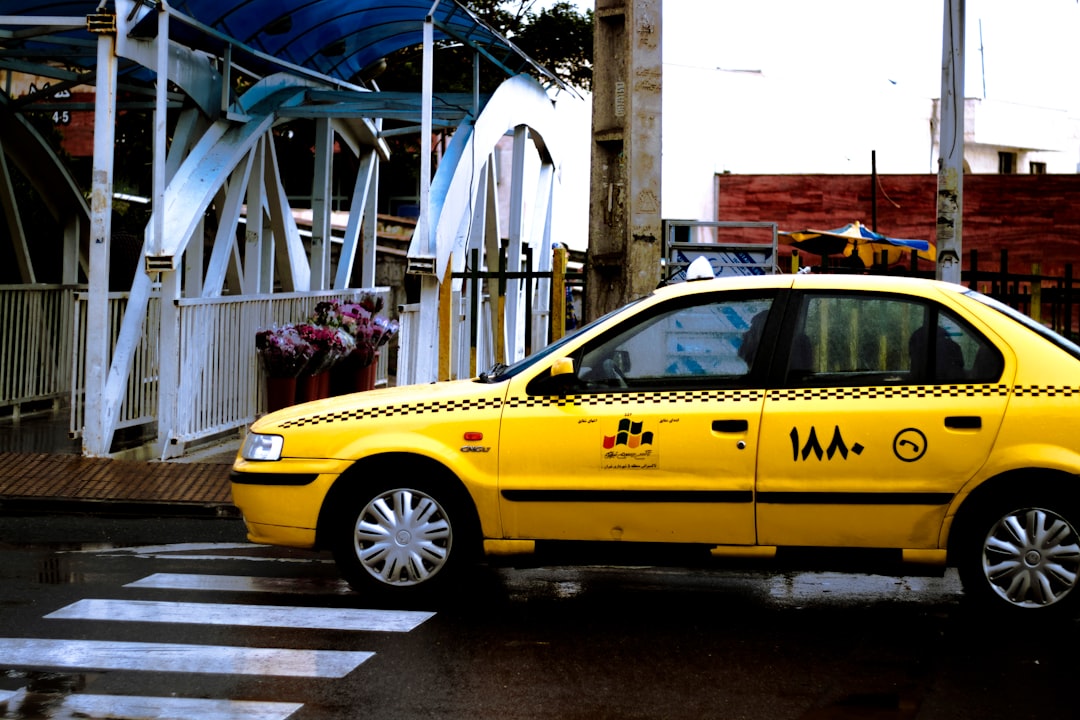
Where it happens: Common in major cities like Bangkok, Rome, and Mexico City. Tourist destinations create perfect hunting grounds for these predators because visitors are unfamiliar with local transportation norms and often carrying significant amounts of cash.
Nashville officials have reportedly warned local riders not to get into rides they didn’t request after receiving numerous reports about fake taxis. Often, Kupin said fake taxis will pull up along someone walking and offer them a ride. However, he’s heard these rides cost unsuspecting passengers much more than they expected. “Someone was talking about how they got into an illegal cab on Broadway and to get from Broadway to the Gulch cost them $60,” Kupin said.
Investigators quickly spotted more than five counterfeit cabs. They said one is a fake made to look like a Yellow Taxi, with some taxi markings but with no medallion and no light number. Even major U.S. cities aren’t immune to this problem.
Vehicle and Document Verification Red Flags

This includes the car make and model, vehicle color and license plate number. If the vehicle attempting to pick you up does not match the information in the app, don’t get in. It is probably an imposter. The license plate check is your most reliable verification method.
A real taxi service should have signage on the exterior denoting it as such. Sometimes, but not always, fare rates for days, nights, and weekends will also be denoted on the outside. Look for professional, standardized signage rather than handmade signs or stickers.
You’ll also want to make a note of any driver credentials listed. These are often shown near the meter but always usually near the centre console or the passenger side glove compartment. If you do not see any credentials, you have the right to request your driver to show these to you before you get into the taxi.
Tampered Meters and Pricing Manipulation
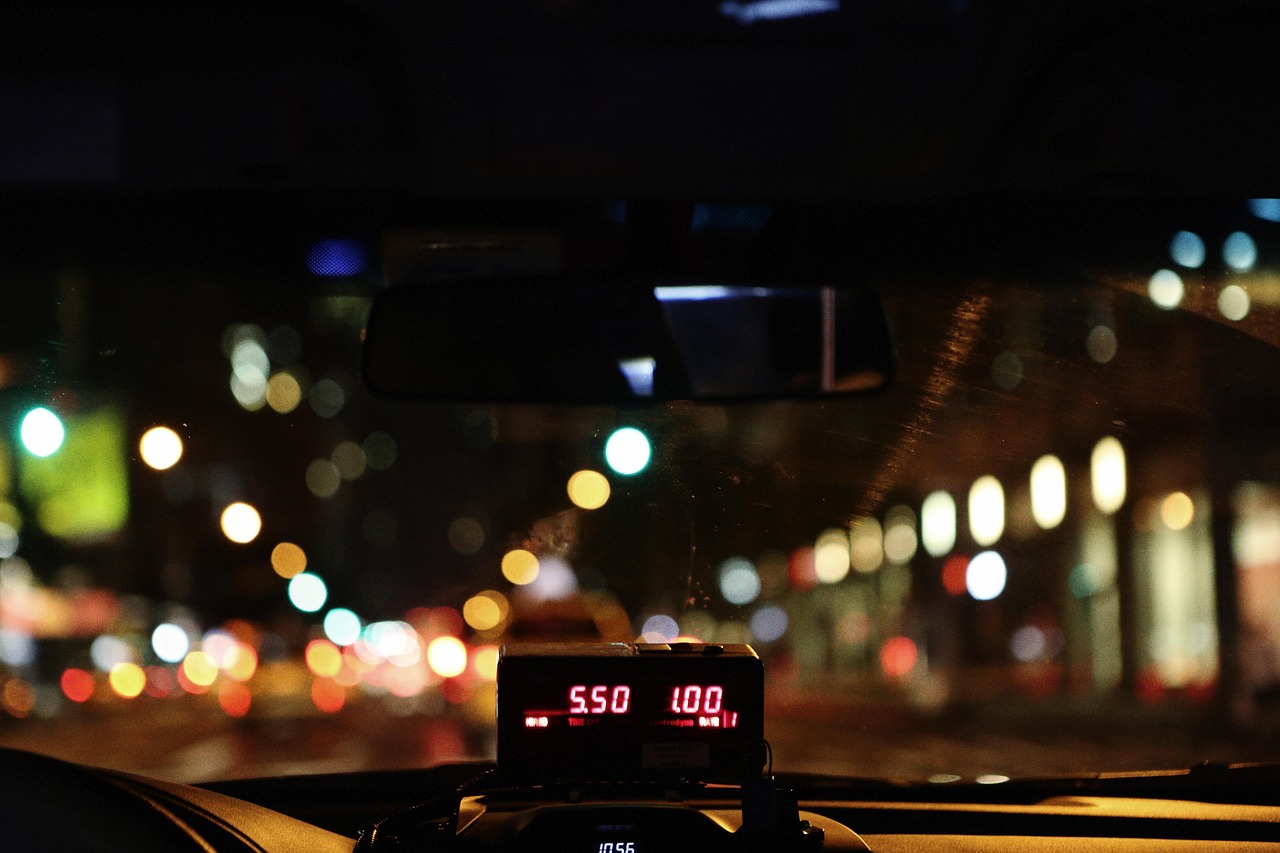
Alternatively, some meters are deliberately “hot” or tampered with. These manipulated meters clock up charges much faster than the official rate. Some travelers report experiences with tampered meters, where return journeys cost significantly more than expected due to meters running faster than normal rates.
Rigged Meters – Some dishonest drivers use tampered meters that increase fare rates unnaturally fast. Modern digital meters make this manipulation harder to detect visually, so comparing expected journey times and costs becomes crucial.
Once inside the cab, pay attention to the meter and see that it is in working condition. In many major Western European cities like Paris, meters are tamper-proof. You should still pay attention to rates, as some cabbies will select nightly or weekend rates compared to cheap day rates.
Driver Identity Verification Techniques
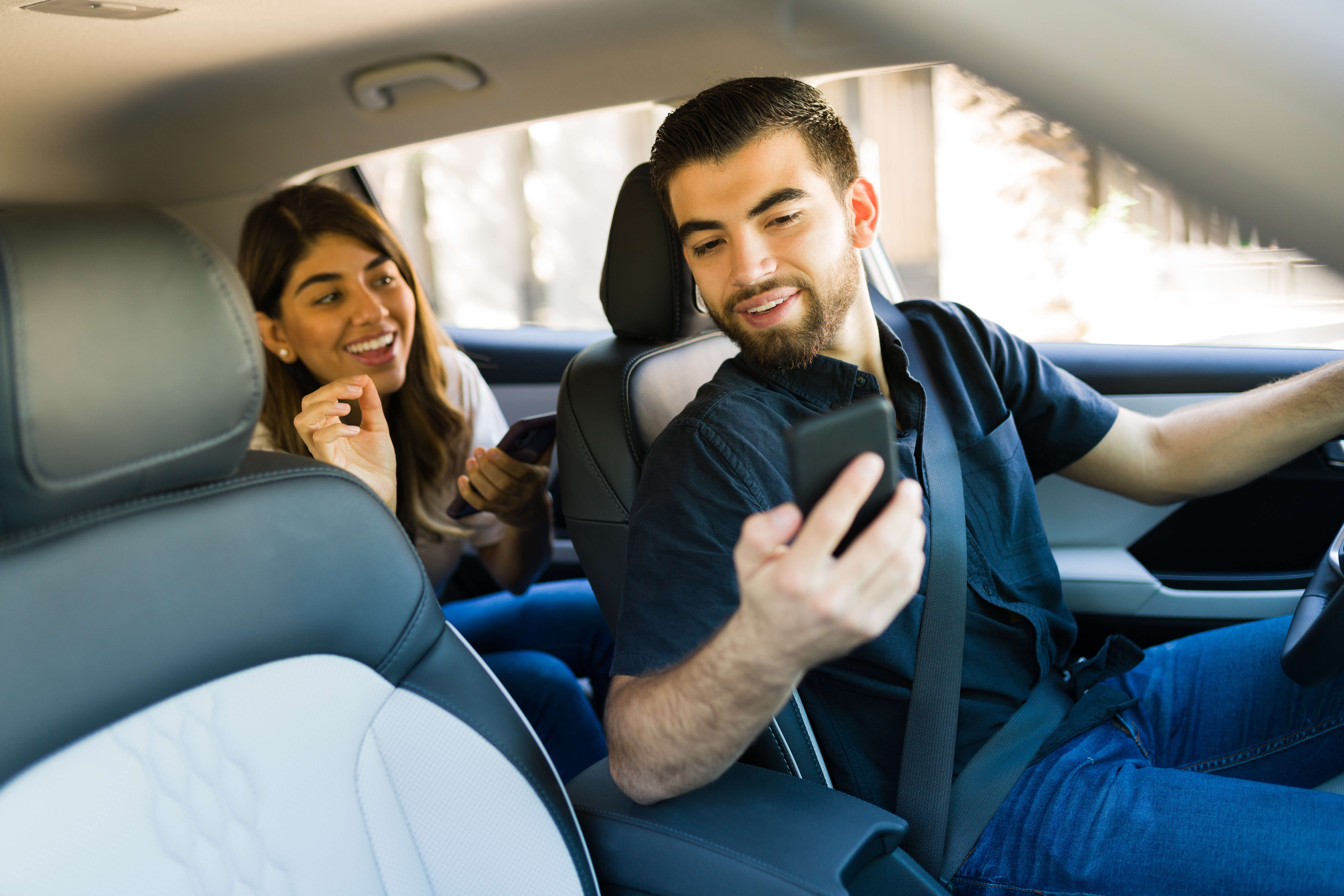
Ask the Driver to Identify You: Legitimate drivers are aware of the names of their passengers because the app shows this information once they accept a ride. Before getting in, ask the driver to state your name. If they hesitate, claim they can’t see it, or make excuses about the app, there’s a chance they could be posing as a driver.
In the app, you see a picture of the driver picking you up. If the driver attempting to pick you up is not the same person that you see in the app, it may be a fake rideshare driver. Do not get in the vehicle. Photo verification should be standard practice every single time.
Check to make sure the person behind the wheel looks like your driver’s photo in the app. Don’t give away your name. Instead, ask the driver who they are picking up. Never volunteer information that could help an impostor maintain their deception.
Digital Security and App-Based Precautions
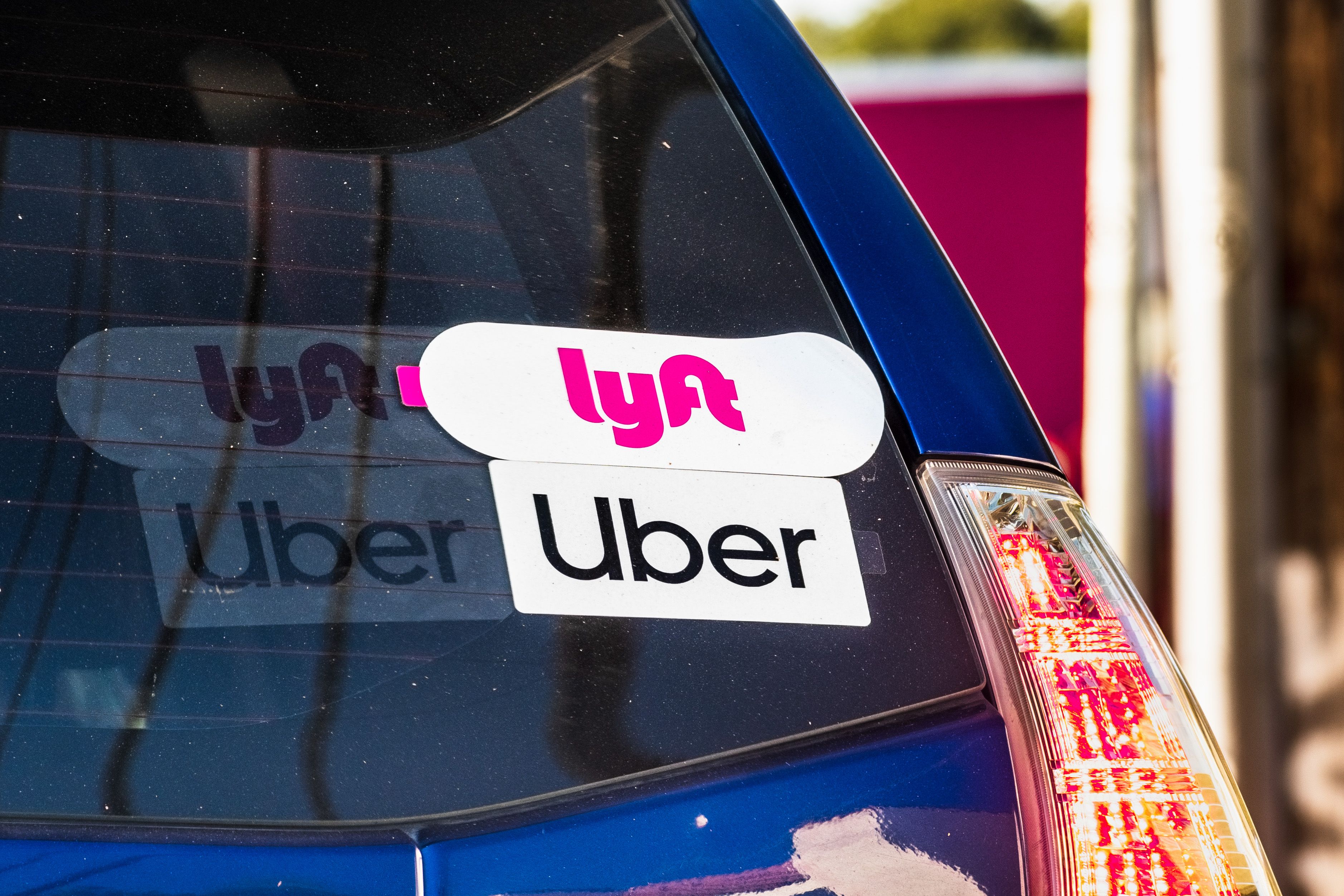
Fake Apps or QR Codes: Scammers may place stickers with fake QR codes near official rideshare pickup spots. When scanned, these codes lead to phishing sites that steal payment information. Only use the official Uber or Lyft app to request a ride.
Offline Bookings: Drivers registered with legitimate apps might try to solicit rides “off-app” to avoid commission fees, but this also bypasses the app’s safety features and insurance.
Impersonation: Individuals might pose as app-based drivers, claiming a passenger’s name and destination, hoping to trick them into their unregulated vehicle. This is particularly insidious as it leverages the trust built by reputable platforms.
An Uber spokesperson told Digital Trends it was excited to be working with the District Attorney’s office on the campaign, adding that while there are safety features in the Uber app, “they’ll only work if you are in the car that is assigned to you through the app.”
Payment Method Security Protocols
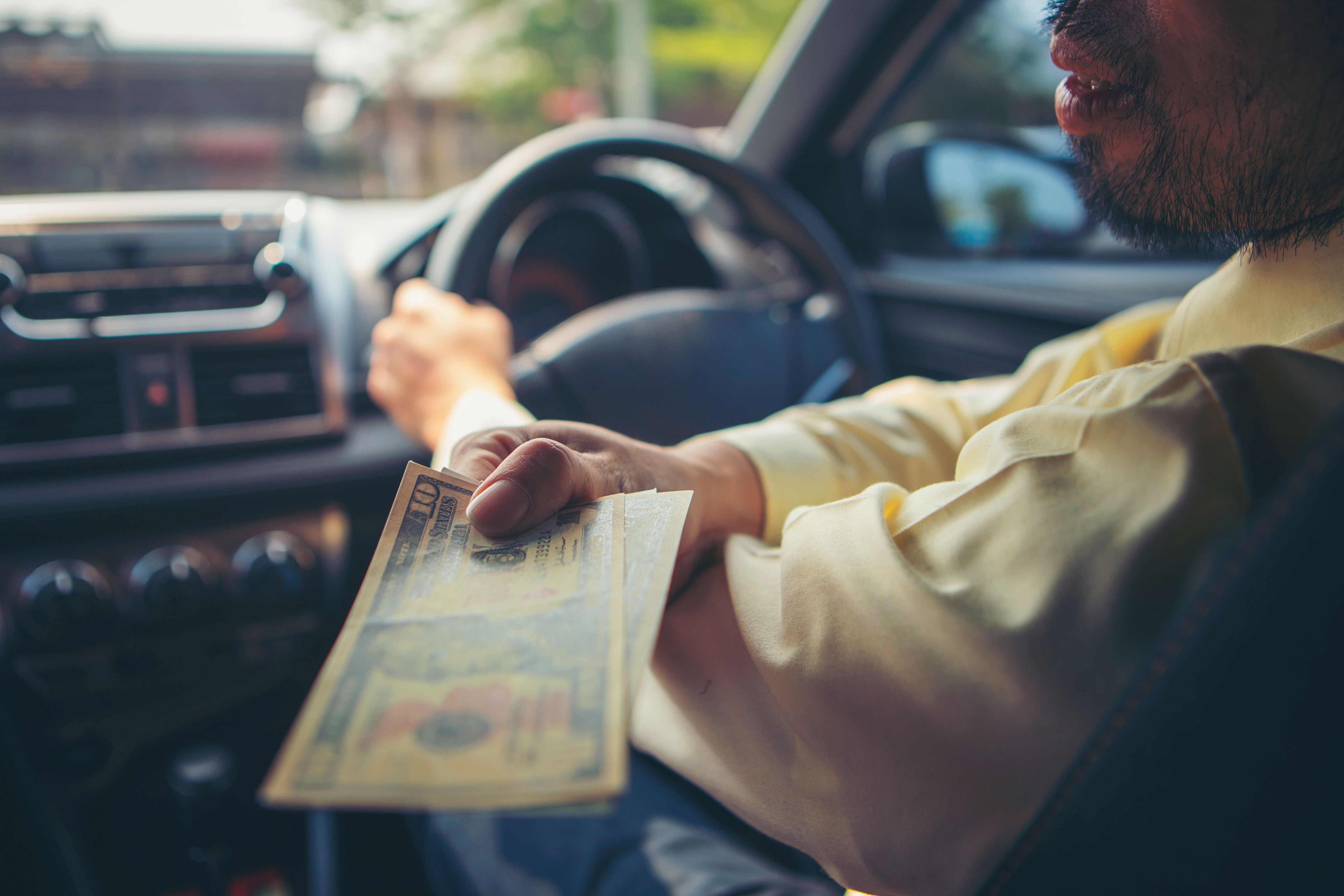
Locked Doors and Forced Payments: A fake Uber driver may demand payment before unlocking the doors. Legitimate rides only charge through the app. If a driver asks for cash upfront, get out immediately. Cash demands before service completion should trigger immediate alarm bells.
If you hand over a big note, expecting change, do it slowly. Show him the note – hold it up so that you can both see how much it is and say the amount out loud: “Here’s $20 for you“. Hand it over slowly and watch his hands. This prevents the classic bill-switching scam.
Tap rather than insert your card. If your card has the tap option – and most do these days – use it. That way a skimmer can’t read your card. Contactless payments provide an additional security layer against physical card theft.
Emergency Response and Safety Protocols

If you think you’re dealing with an imposter driver, there are measures you can take for your safety. First, try not to enter the vehicle if possible. Next, notify the rideshare company about your concerns so they can look into it.
If you believe you’ve encountered a fake Uber driver or have been a victim of rideshare fraud, take the following steps: Ensure Your Safety First: If you’re still in the Uber, ask that the ride be stopped and that the driver drop you off in a safe location immediately. Report the Incident to Uber: Use the app to report the incident. Uber has protocols to handle these reports and can take action to prevent future incidents.
Also, if you’re already in and moving, ask the driver to drop you at the next stop, and ensure the place is populated. If the driver refuses to stop the car, call 911 immediately before the matter escalates. Your personal safety always takes precedence over avoiding confrontation.
Pre-Trip Research and Preparation

Google what the local taxis look like before you arrive, and you’ll be able to spot unlicensed taxis on sight. Five minutes of research before traveling can save you from hours of problems later.
Share Your Trip Details: Uber allows you to share your ride details with friends or family. Utilize this feature so someone you trust can track your journey in real-time, providing an additional layer of security. This creates accountability and enables rapid response if something goes wrong.
Make your ride request while you’re inside, reducing the amount of time that you’re standing alone outside. Check your ride by ensuring that the driver’s license plate matches up with your digital ride request screen. Ask the driver to confirm your name (which drivers are supposed to do when picking you up anyway).
Technology-Based Detection Methods

In 2025, several tools are indispensable for scam prevention: Google Lens: Verify if an attraction ticket or product is authentic by scanning it. TrueCaller: Flags suspicious numbers, preventing fake “hotel/airline” calls. VPN apps: Protect against fake Wi-Fi hotspots.
Text or call your driver as they pull up. Their app should be connected to the phone they have with them. This simple verification step can expose impostors who lack access to the genuine driver’s account.
McClain recommended that riders set up a PIN for each ride to make sure they’re with the right driver. PIN verification adds another authentication layer that fake drivers cannot replicate.
Conclusion
The phantom taxi problem represents more than just a financial threat – it’s a safety crisis that affects millions of travelers worldwide. From elaborate card skimming operations to dangerous impersonation schemes, these counterfeit rides exploit our basic need for transportation. The sophistication of these scams continues to evolve, but so do our methods for detecting and avoiding them.
Remember that legitimate transportation services want to be easily verifiable. They display proper credentials, use official apps with security features, and follow established protocols. When something feels off, trust that instinct. The few extra minutes spent verifying your ride could save you from financial loss, personal danger, or worse.
What would you rather explain to someone later: being a few minutes late, or falling victim to a elaborate scam that could have been easily avoided?
